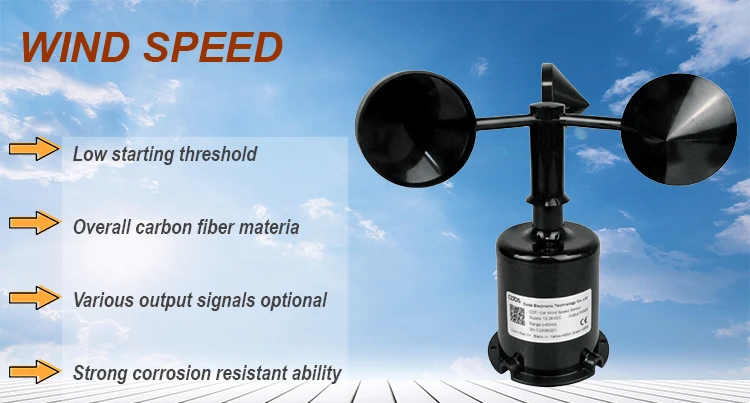
# Wind Speed Measuring Instruments
## Introduction to Wind Speed Measurement
Measuring wind speed is essential for various applications, from weather forecasting to aviation safety and renewable energy projects. Several specialized instruments have been developed to accurately measure wind speed in different environments and conditions.
## Common Wind Speed Measuring Instruments
### 1. Anemometers
The most widely used instrument for measuring wind speed is the anemometer. There are several types of anemometers:
– Cup anemometers: Feature three or four cups mounted on horizontal arms that rotate with the wind
– Vane anemometers: Combine a wind vane with propeller blades to measure both speed and direction
– Hot-wire anemometers: Use electrically heated wires where cooling by wind indicates speed
– Ultrasonic anemometers: Measure wind speed by detecting changes in ultrasonic sound waves
### 2. Wind Vanes
While primarily used to determine wind direction, wind vanes can also provide estimates of wind speed when combined with other instruments or through specific designs that measure pressure differences.
### 3. Pitot Tubes
Commonly used in aviation, Pitot tubes measure the dynamic pressure of wind to calculate airspeed. They’re particularly useful for high-speed wind measurements.
## Advanced Wind Measurement Systems
### 1. SODAR (Sonic Detection and Ranging)
SODAR systems use sound waves to measure wind speed and direction at various altitudes, making them valuable for wind energy applications and atmospheric research.
### 2. LIDAR (Light Detection and Ranging)
LIDAR technology employs laser beams to measure wind characteristics at different heights, offering high precision without physical contact with the air flow.
## Choosing the Right Instrument
When selecting a wind speed measuring instrument, consider these factors:
– Measurement range required
– Accuracy needed
– Environmental conditions
– Portability requirements
– Data recording capabilities
– Power requirements
## Applications of Wind Speed Measurement
Wind speed data is crucial for:
– Weather forecasting and storm warnings
– Aviation and maritime operations
– Wind energy production assessment
– Building and construction safety
– Agricultural planning
– Environmental monitoring
## Maintenance and Calibration
Regular maintenance and calibration are essential for accurate wind speed measurements. This includes:
– Cleaning sensors regularly
– Checking for mechanical wear
– Verifying electronic components
– Comparing readings with reference instruments
– Following manufacturer’s maintenance schedules
## Future Developments in Wind Measurement
Emerging technologies in wind speed measurement include:
– Miniaturized sensors for portable applications
– AI-powered data analysis
– Improved remote sensing techniques
– Integration with IoT systems for real-time monitoring
– Enhanced durability for extreme weather conditions
Accurate wind speed measurement continues to play a vital role in numerous industries and scientific fields, driving ongoing innovation in measurement technologies.
Keyword: instrument measure wind speed